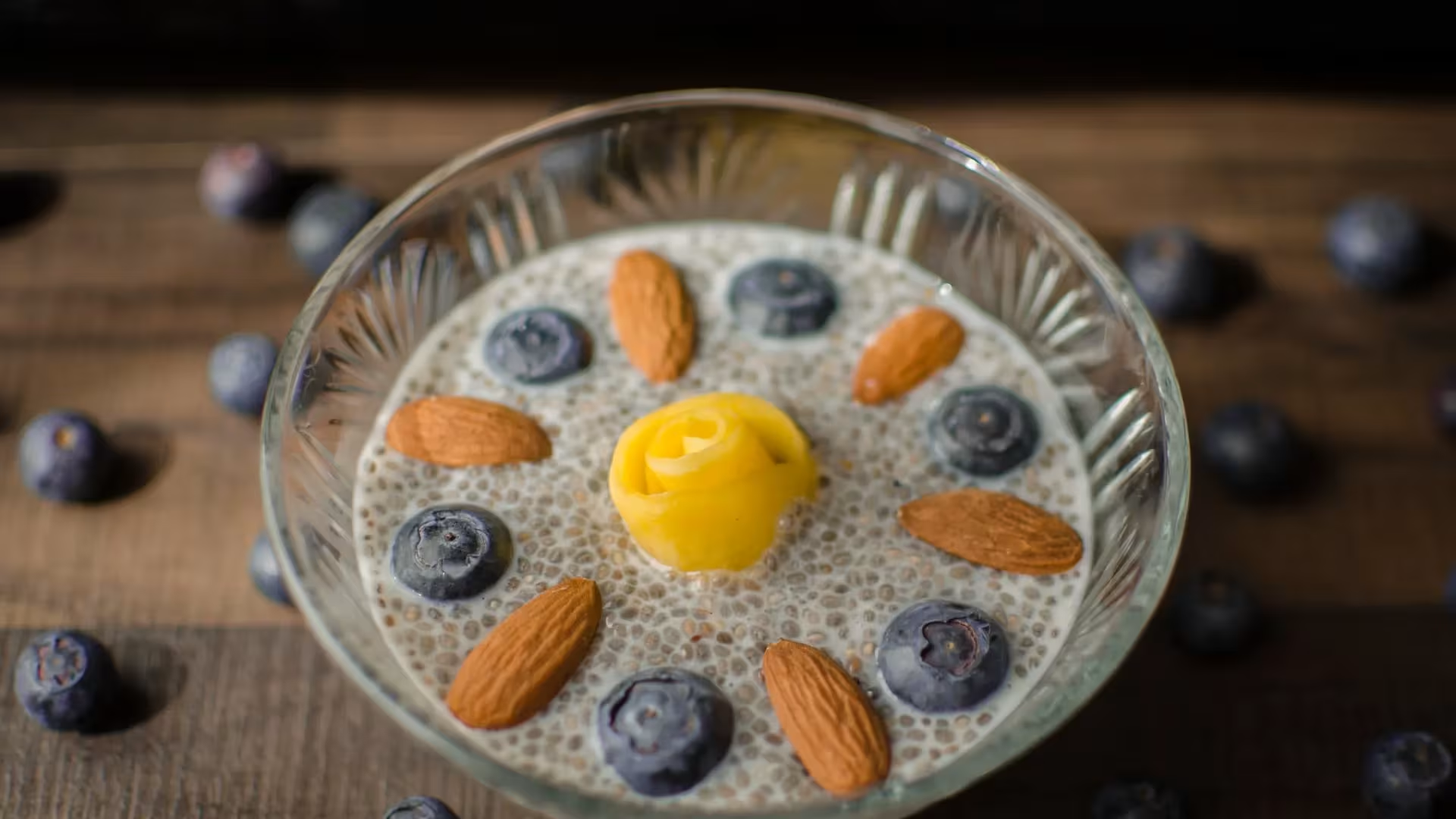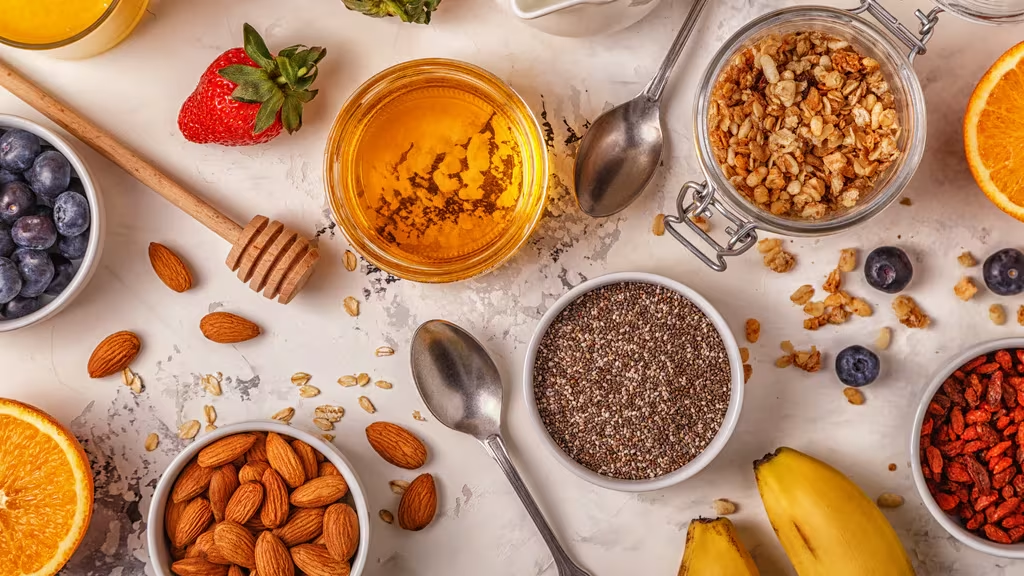
Deliciously Wholesome: 5 Healthy Baking Recipes to Nourish Your Body
Written by Jessica Lopez
Published at 20-03-2023
Edited on 03/25/2025 | 09:12 AM
Baked-Goods RecipesCourse: Breakfast
Cuisine: Healthy
Difficulty: Easy
Servings
8 muffins
Prep Time
20 minutes
Cooking Time
30 minutes
Total Time
50 minutes
Fat
10g
Protein
6g
Carbs
30g
Calories
250 kcal
Welcome to the delightful world of healthy baking recipes, where indulgence meets nutrition! If you’ve ever found yourself longing for a sweet treat but hesitating due to health concerns, you’re in the right place. Healthy baking is all about creating delicious goods that not only satisfy your cravings but also nourish your body. Whether you’re a seasoned baker or just starting your culinary journey, these recipes will inspire you to swap out traditional ingredients for healthier alternatives, making it easy to enjoy your favorite baked goods without the guilt.
Imagine biting into a warm muffin, fresh from the oven, knowing it’s packed with wholesome ingredients like oats, fruits, and nuts. Or picture a slice of cake that’s both decadent and nutritious, allowing you to enjoy dessert while fueling your body with vitamins and minerals. Healthy baking recipes focus on incorporating ingredients such as whole grains, natural sweeteners, and healthy fats, ensuring that your treats are as good for you as they are tasty.
In this blog post, we’ll explore five scrumptious healthy baking recipes that are perfect for any occasion—be it a cozy family gathering, a casual brunch with friends, or simply a treat for yourself. Get ready to unleash your inner baker and discover how easy it is to create delightful, nourishing treats that everyone will love. Let’s dive into the world of healthy baking and whip up some scrumptious recipes that will keep you coming back for more!.


